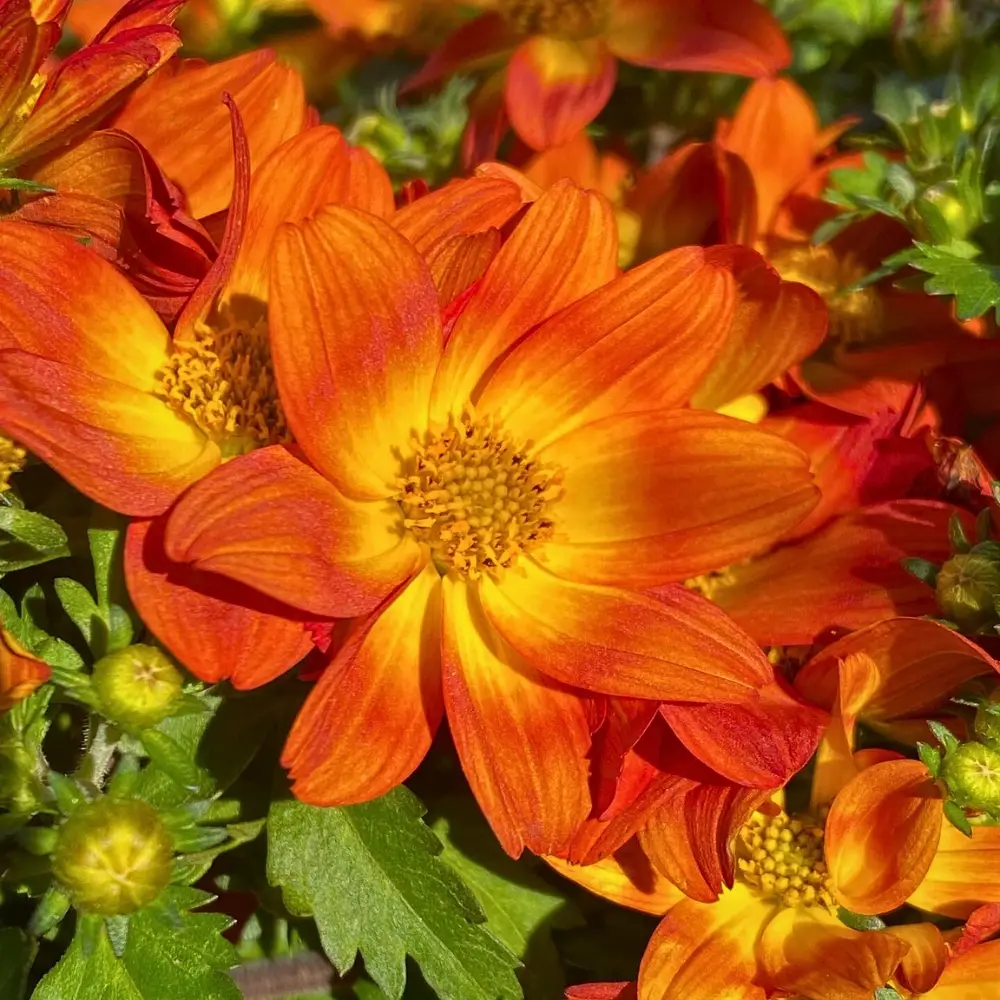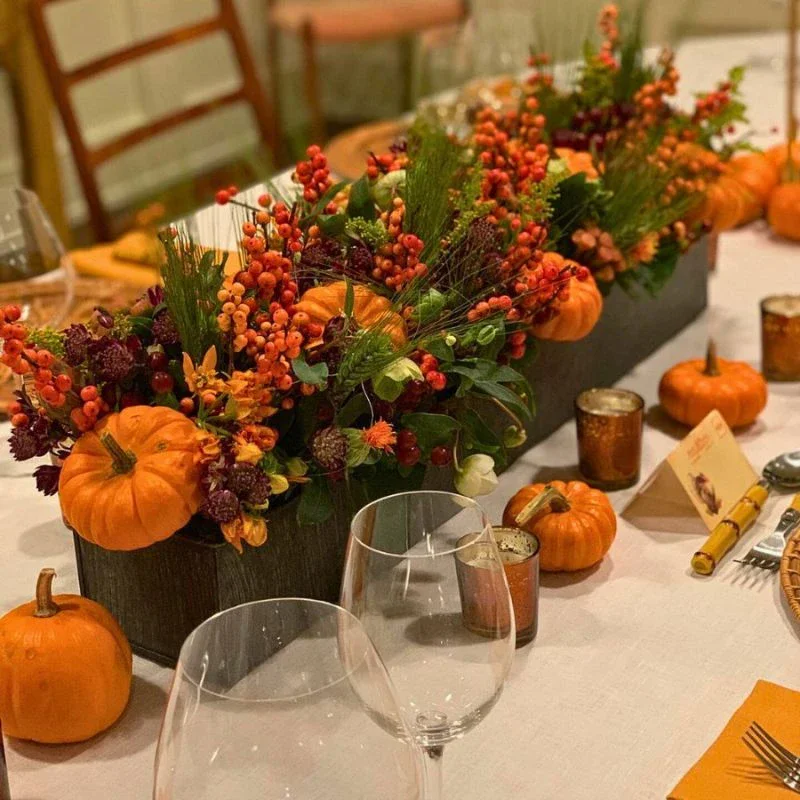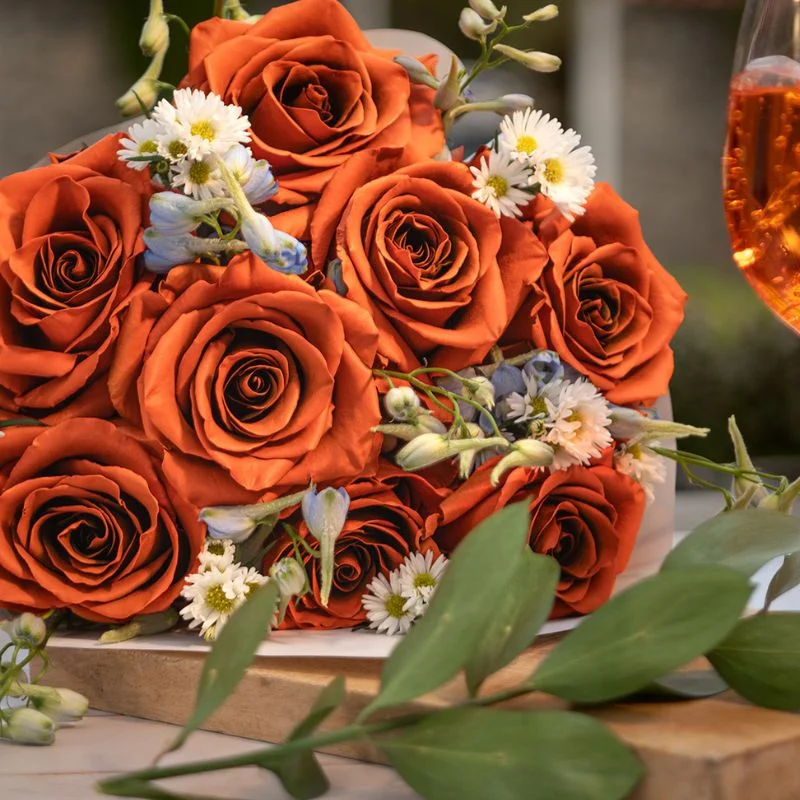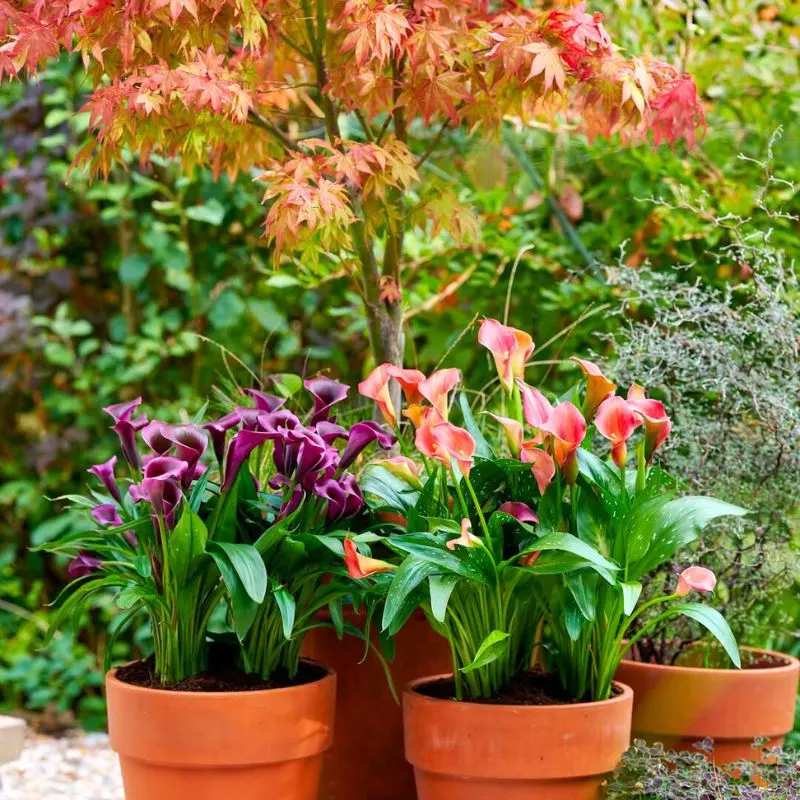Summer has been here for a while now, and as the last days of this sunshiny season dwindle, many gardeners often find themselves torn between the warmth of the season and the promise of the upcoming autumn. But with a little planning and creativity, you can create a seamless transition from summer to fall, by simultaneously incorporating the best of both seasons into your garden.
Transitioning your garden from one season to the next can be a satisfying and hassle-free experience if done the right way. It allows you to create an agreeable blend of color and texture that delights through the changing seasons. With the right preparation and care, your garden can thrive well into the mildly cooler months, affording you the perfect spectacle that — for the relevant time — exudes the essence of both seasons.
Assessing Your Garden
Before you start planning for fall, take stock of your summer garden. In the latter days of summer, you can take a walk around your yard and note which plants are still thriving, which ones are past their prime, and which areas need a bit of some tender, loving care. This will help you identify what to keep, what to remove, and what to add to create a cohesive look for the fall season.
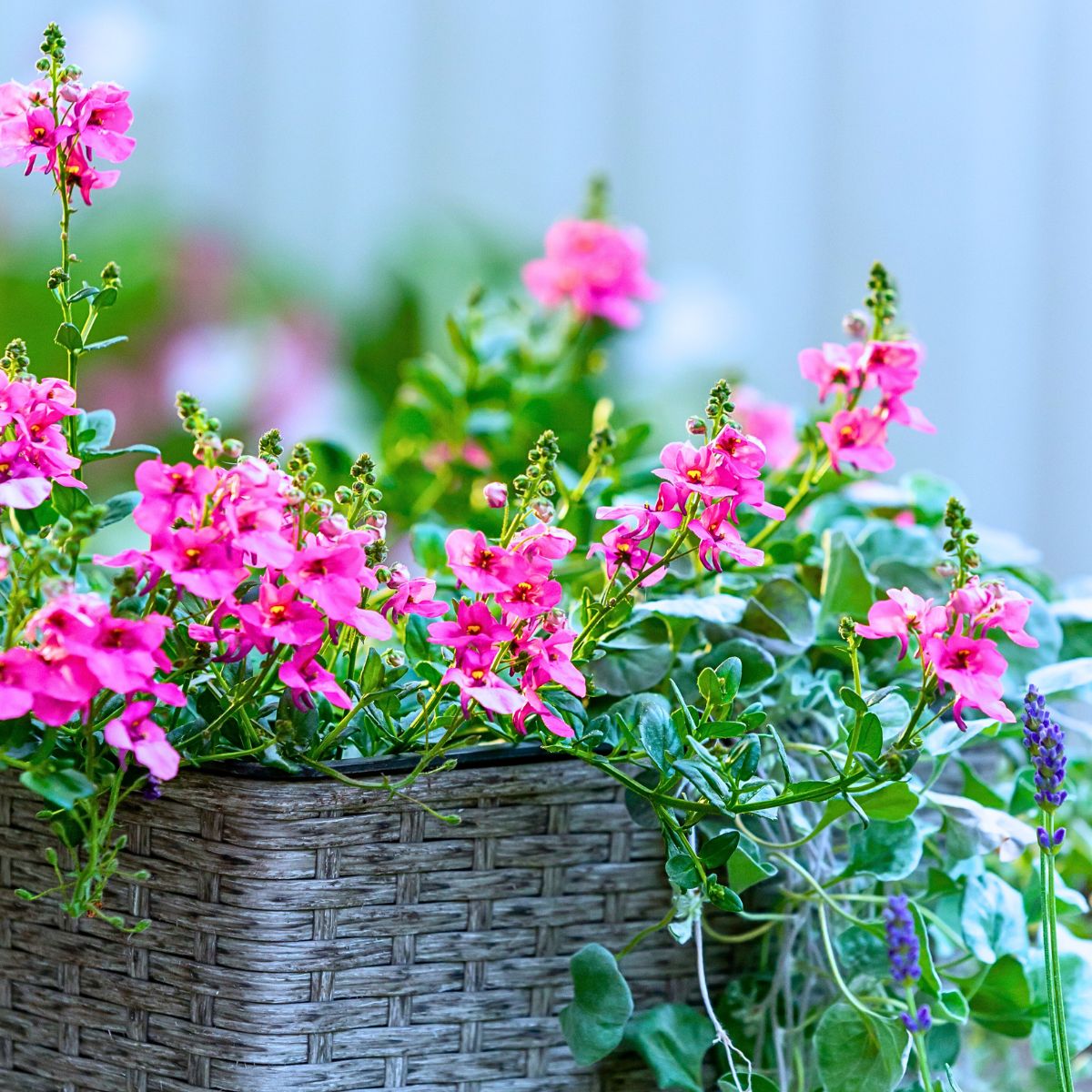
Photo by wirestock
Remove any spent plants and compost them to reduce the risk of pests and diseases spreading. This clearance creates space for your new autumnal plantings while ensuring that the remaining plants and flowers get the optimal conditions to continue thriving.
Cleaning Up and Preparing the Soil
As you clear out dead or dying plants, take the opportunity to tidy up your garden and beds as well, and prepare the soil for the new season. You can do this by removing any debris, weeds, or spent blooms, and giving your soil a good turn to aerate and rid itself of any compacted areas. Add a layer of compost or organic matter to enrich the soil and provide nutrients for your upcoming fall plants.
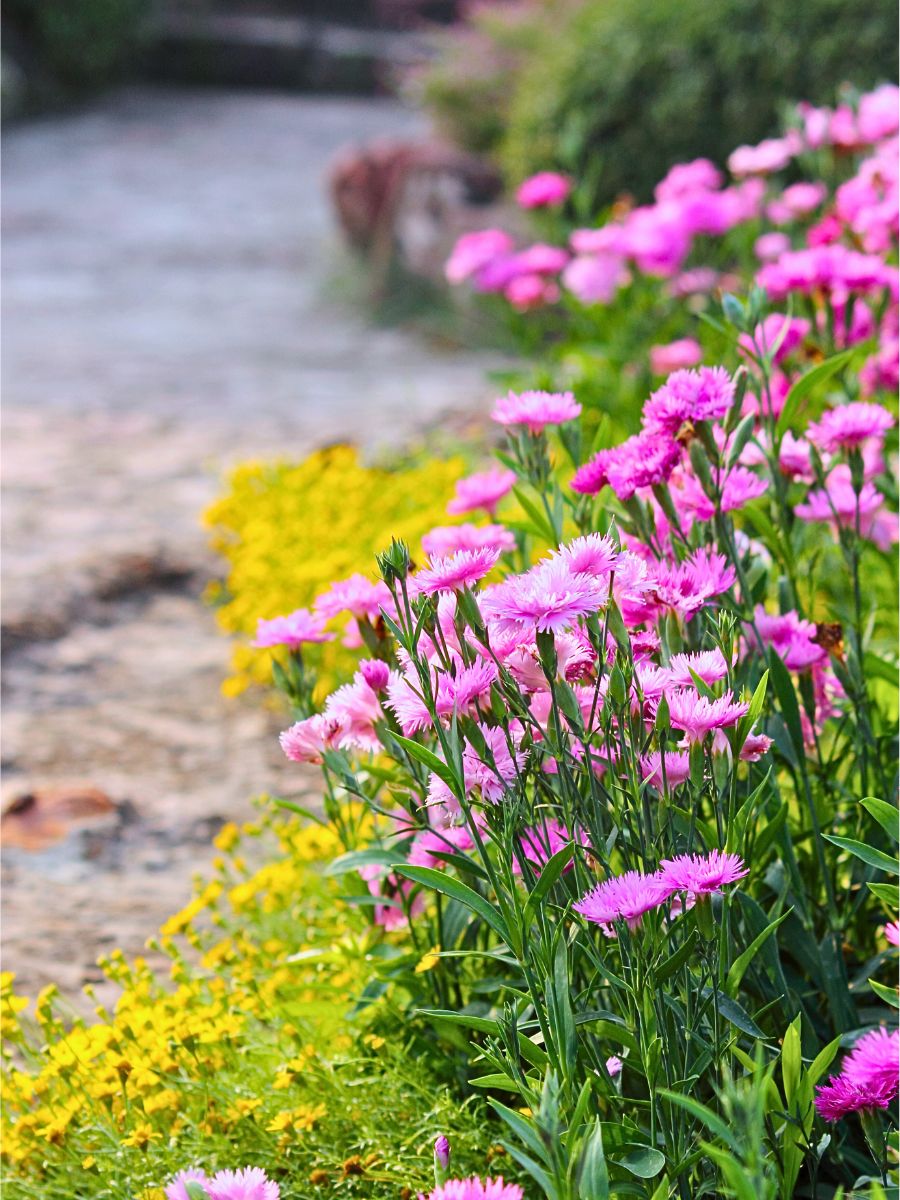
You can, also, improve soil drainage by incorporating organic matter, such as compost or well-rotted manure. This enriches the nutrients as well. It, also, creates a fertile foundation for your autumn plantings, ensuring that your flowers and plants thrive during the mildly cooler months.
Giving Your Potted Plants and Flowers a Makeover
To give your potted plants a makeover, start by removing spent flowers. Clear out pot and container space for autumnal varieties like sedums, mums, pansies, and asters. Then, trim and prune the remaining flowers to encourage new blooms to form. After that, add the fall bloomers to the pots; when done at the right time, they will be blooming in the fall months. You could, also, consider incorporating ornamental grasses, such as purple fountain grass, into the pots and containers.
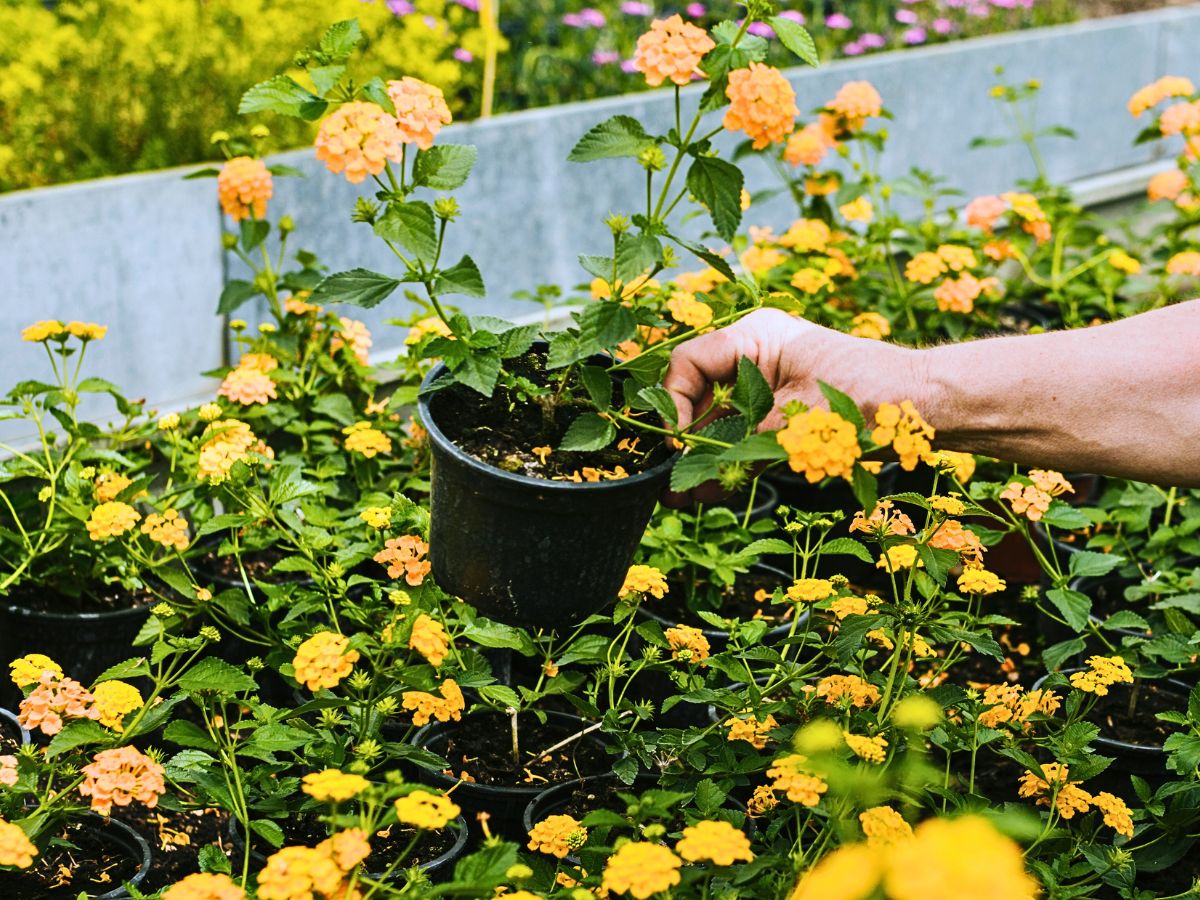
Other foliage plants, such as heucheras, can also bring lasting color that lingers well into the autumn season. Remember to fertilize the pots to boost soil nutrients and promote healthy growth. Adjust your watering schedule as temperatures drop by watering less frequently, but more deeply. And don't forget to move your pots to a sheltered location, more so later when frost is nearly expected – this simple step can prolong the life of the potted plants and flowers.
Choosing the Right Flowers for a Seamless Transition
One of the most important aspects of transitioning your garden from summer to fall is selecting flowers that will bridge the gap between the two seasons. There are several classic choices and easy-to-grow varieties. And most are annuals that will bloom well into autumn. Here are some classics that will provide a beautiful and cohesive look.
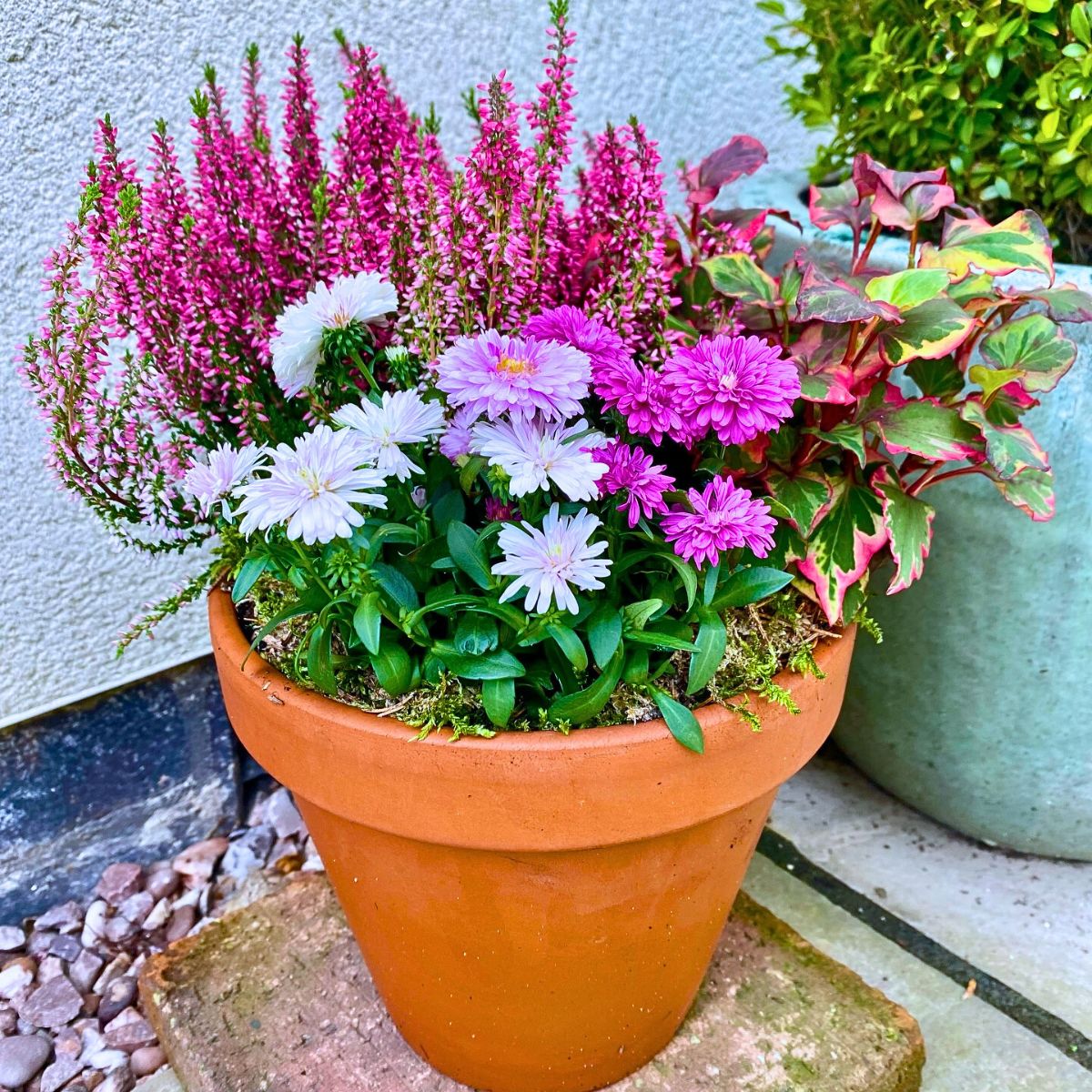
Sunflowers: While these towering beauties are often associated with summer, they can also be appealing to your autumn garden as well. You can, therefore, plant the sunflowers in late summer, and they will bloom seamlessly into the fall season.
Asters: With over six hundred species to choose from, asters are a versatile and reliable choice for fall gardens. These daisy-like flowers come in a range of colors, from soft pastels to bold and bright hues, and will attract pollinators and other beneficial insects to the garden across both seasons. The richly colorful Aster Showmakers® are an ideal flower in this regard.
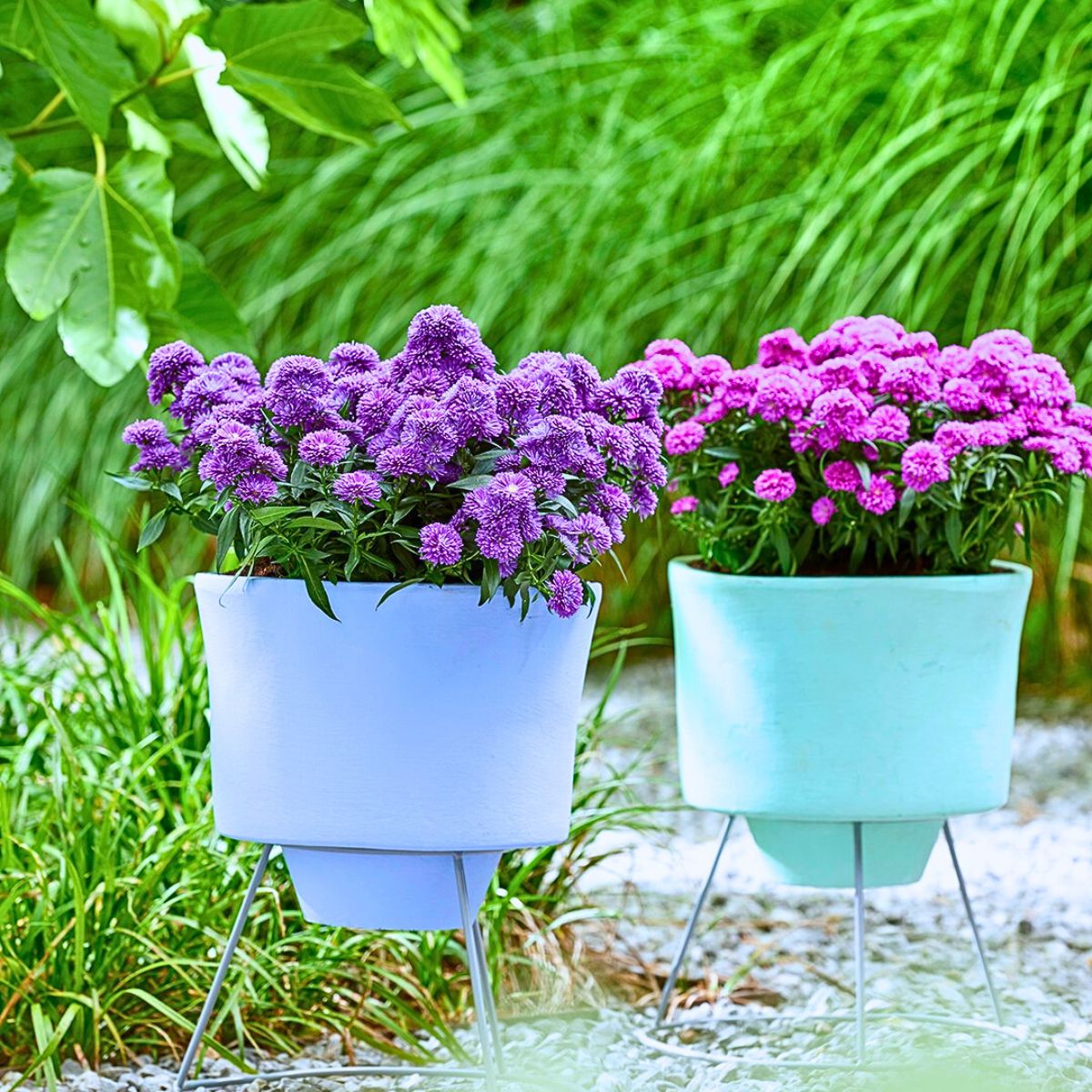
Sedum: Also known as stonecrop, sedum is a low-maintenance succulent that thrives in the fall season. Its thick, fleshy leaves and stems provide a beautiful structural element to the garden. And its delicate flowers bring out that summery-autumnal elegance that you will love in your garden.
Chrysanthemums: These classic fall flowers are a staple of autumn gardens and that's for good cause. With their ray floret petals and lovely colors, mums add much-needed color to any garden bed. Plus, they are easy to care for and can be planted in the summer for a fall bloom.
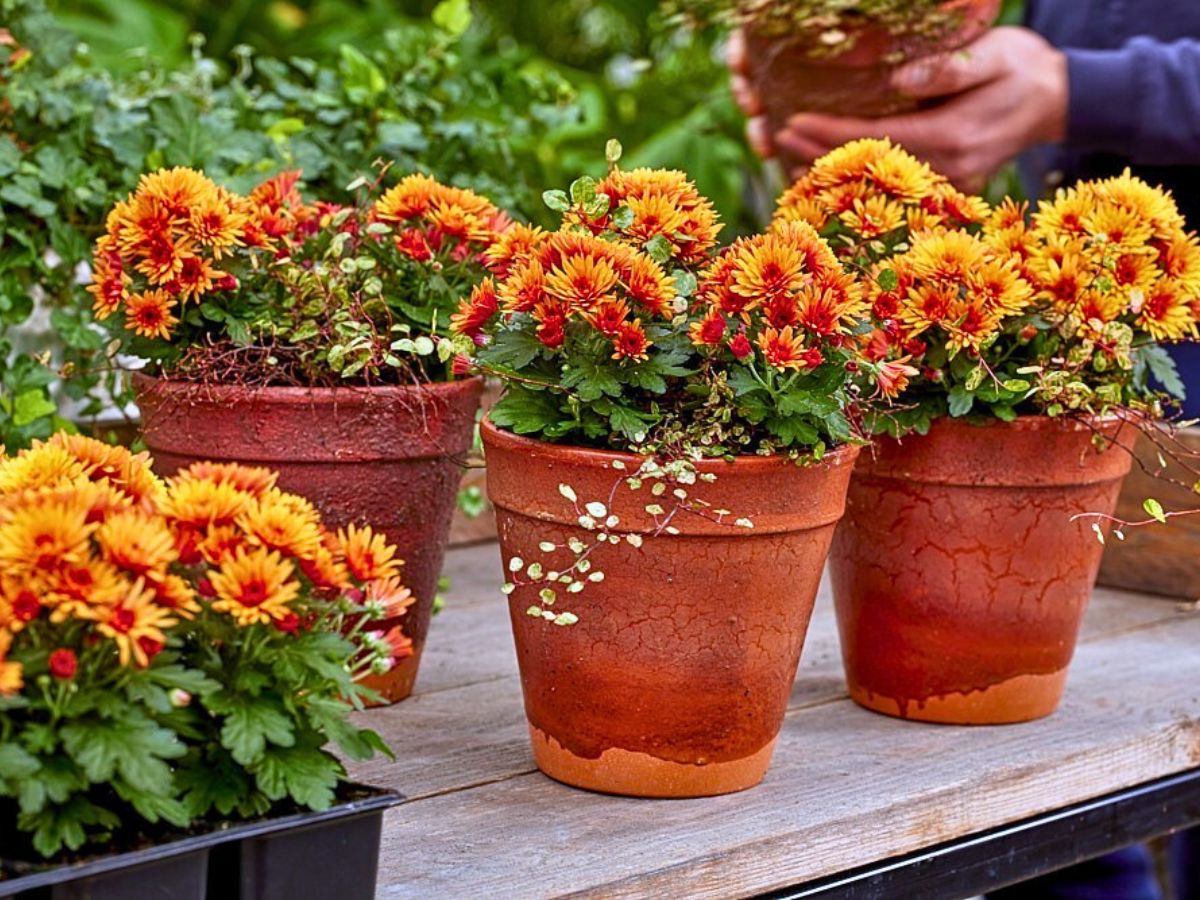
Dahlias: These showy flowers are a favorite among gardeners. Just the same way, this is for a good reason. With their large, pom-pom-like blooms and bright, showy colors, Dahlias can add a hint of drama to any garden. You can, therefore, plant them in the summer, and they will bloom right into the fall season.
Garden Petunia: Petunias are a fantastic choice for gardens transitioning from summer to autumn. Incorporating them into your garden during this transition period can, likewise, help maintain a lively and colorful landscape as the seasons change. A popular garden flower with a long flowering period - lasting from spring until the first frost - petunias require minimal care, which mainly entails regular deadheading to encourage more blooms and moderate watering. With these flowers, you can make a seamless transition between the two seasons.
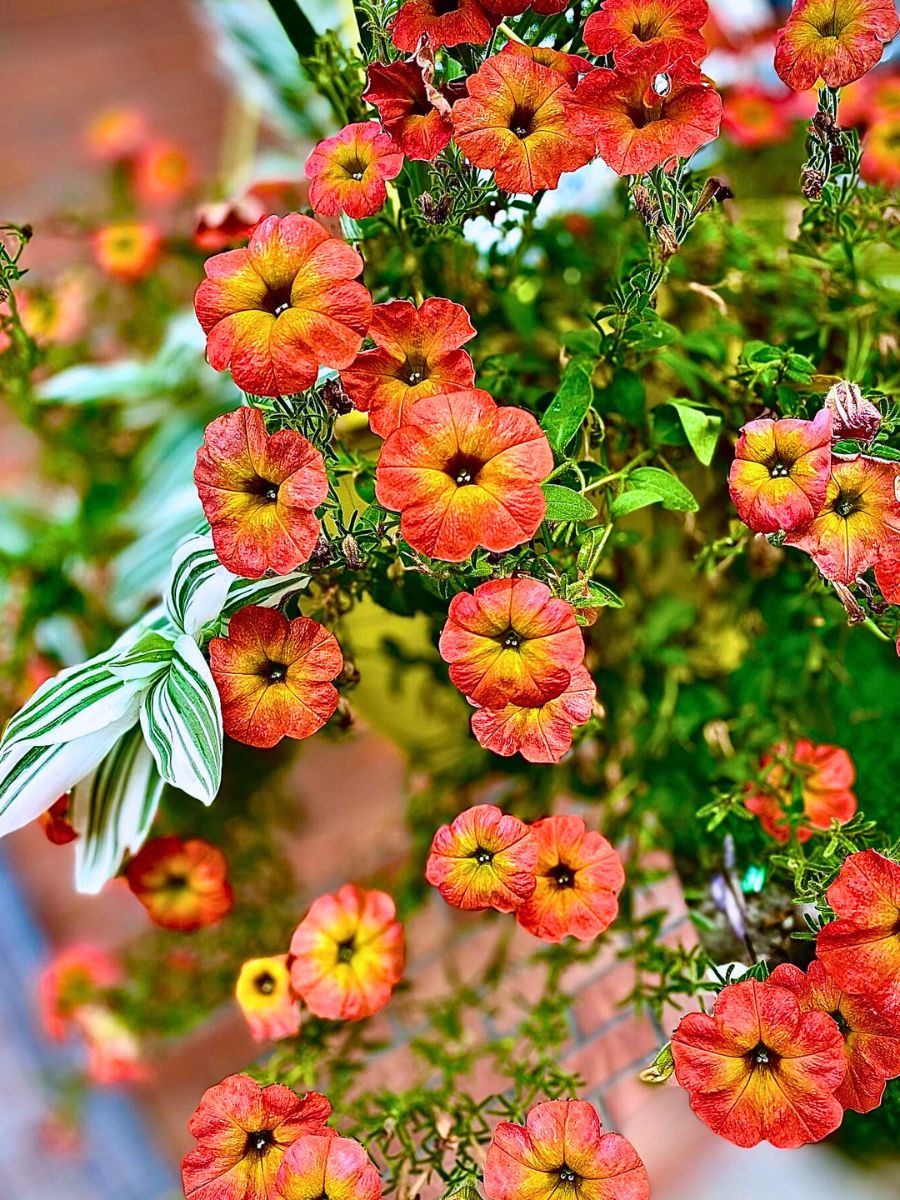
Photo by @magykplants
Shrub Roses: Shrub roses, also, offer a fantastic way to add color and life to your garden during the transition from summer to autumn. Unlike traditional roses, these require less maintenance, are more resilient, and often come with improved disease resistance. They come in many colors including snowy white, deep purple, and every shade in between. They are best planted in the milder months of spring—and under the right conditions in summer—and prefer sunny or lightly shaded spots with fertile, well-draining soil. They are a versatile addition to the garden and can be planted as hedges, used to divide spaces, or added to containers.
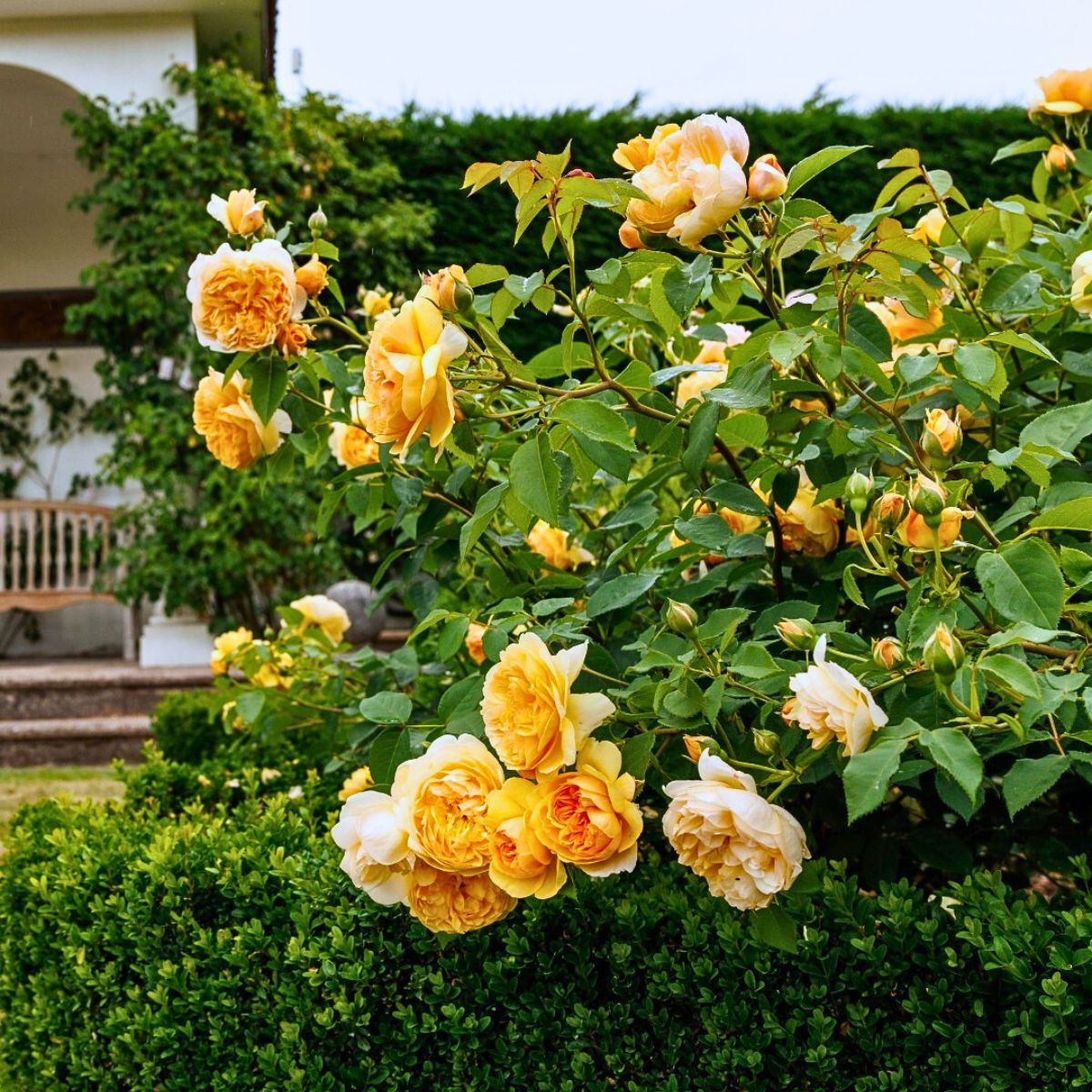
Photo by @david_austin_roses
You can also find more inspiration for your transitioning designs in the article: 'Make a Flourishing Transition From Summer to Autumn With These Garden Roses'.
Autumnal Foliage: In addition to beautiful flowers, you can consider incorporating foliage plants that showcase the rich hues of autumn. Ornamental kale, for instance, has stunning purple and green hues and makes perfect foliage for depth and contrast in the garden. Likewise, the fiery red and orange tones of Japanese maples or the deep burgundy of Heucheras (coral bells) can provide a striking counterpoint to your autumn blooms, particularly when summer entirely recedes.
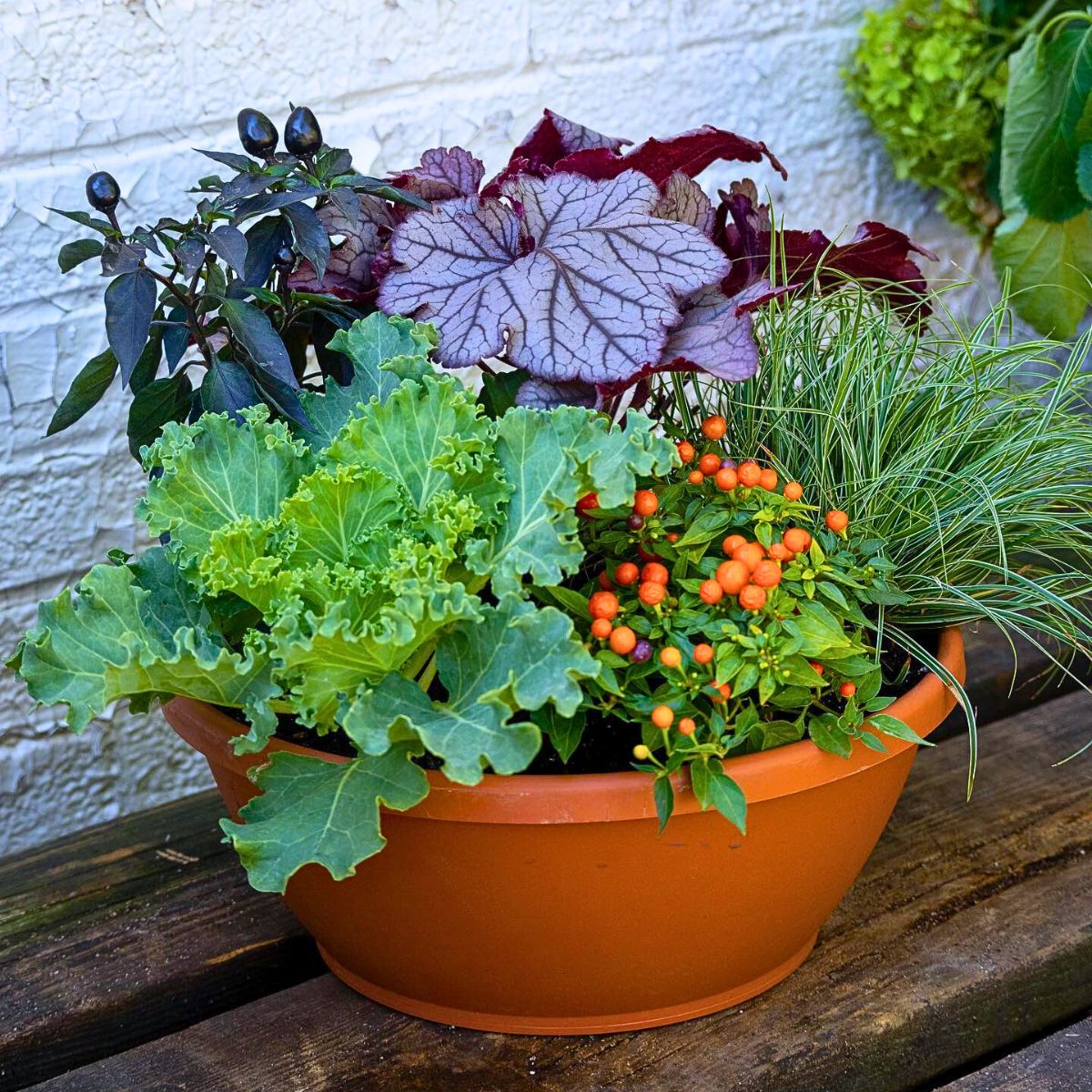
Photo by @tangletowngardens
For more inspiration and ideas, you could also check out some of these best fall flowers for your garden and when to plant them. These ideas will guide you through the entire process giving you the right flower options to try out.
Creating a Cozy Ambiance
With the gradual fading of the summer season, days may gradually grow shorter and the nights cooler. This presents the right time to plan for a cozy ambiance in your garden. Some steps to get you started include setting up warm lighting using string lights, lanterns, or candles to add a warm and inviting glow to your garden when fall comes. This makes it the perfect spot to relax on crisp autumn evenings.
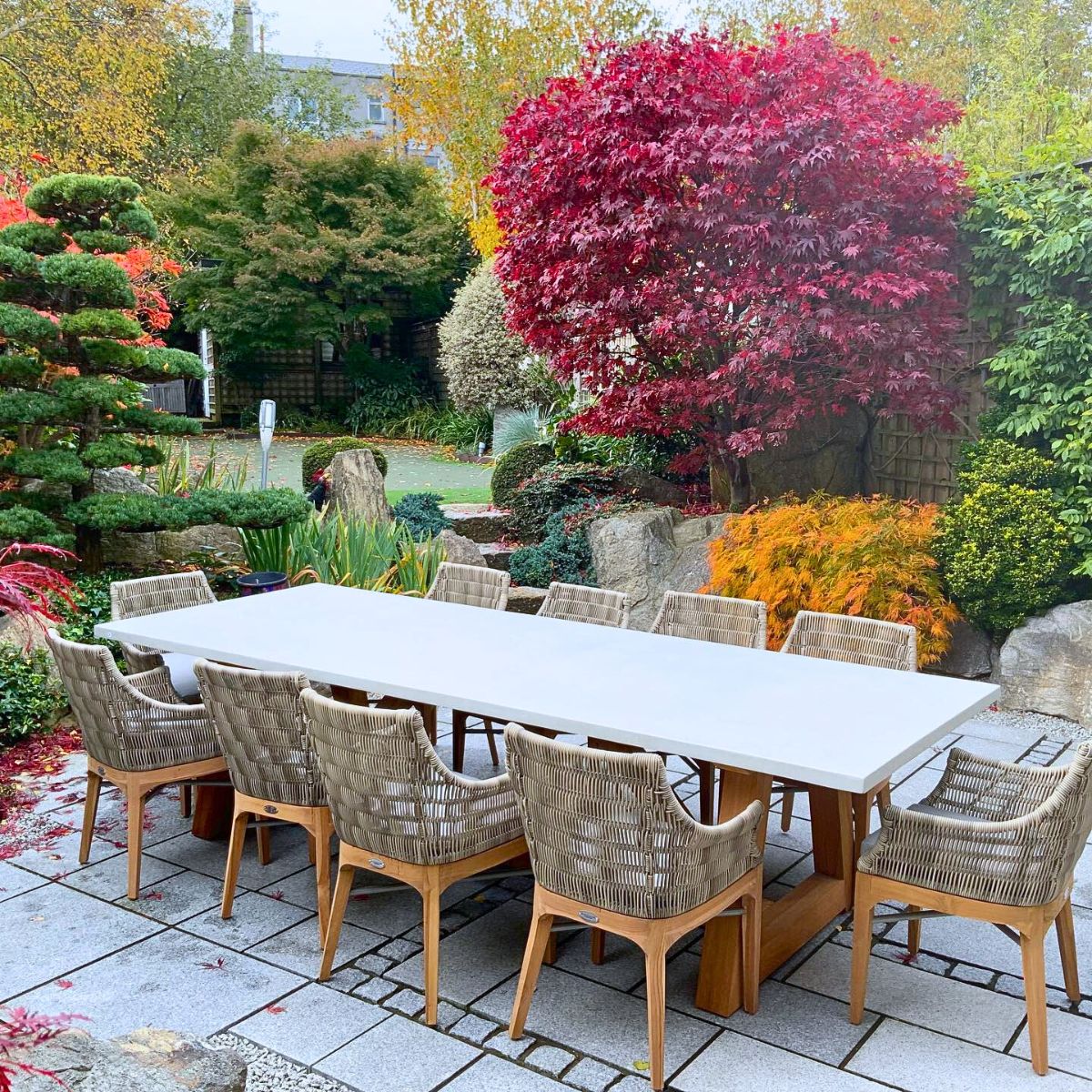
You may, also, incorporate cushy textures which will add warmth and coziness to the garden. You may consider using natural elements like hay bales, wicker furniture, or soft blankets. The textures will create a welcoming atmosphere that is perfect for the fall season.
Maintaining Your Garden Through the Fall Season
As the weather continues to cool, your garden may require a bit more maintenance to keep it looking its best. You should, therefore, water it wisely because as the days grow shorter, your plants may require less water. Be sure to check the soil regularly and adjust the watering schedule accordingly.
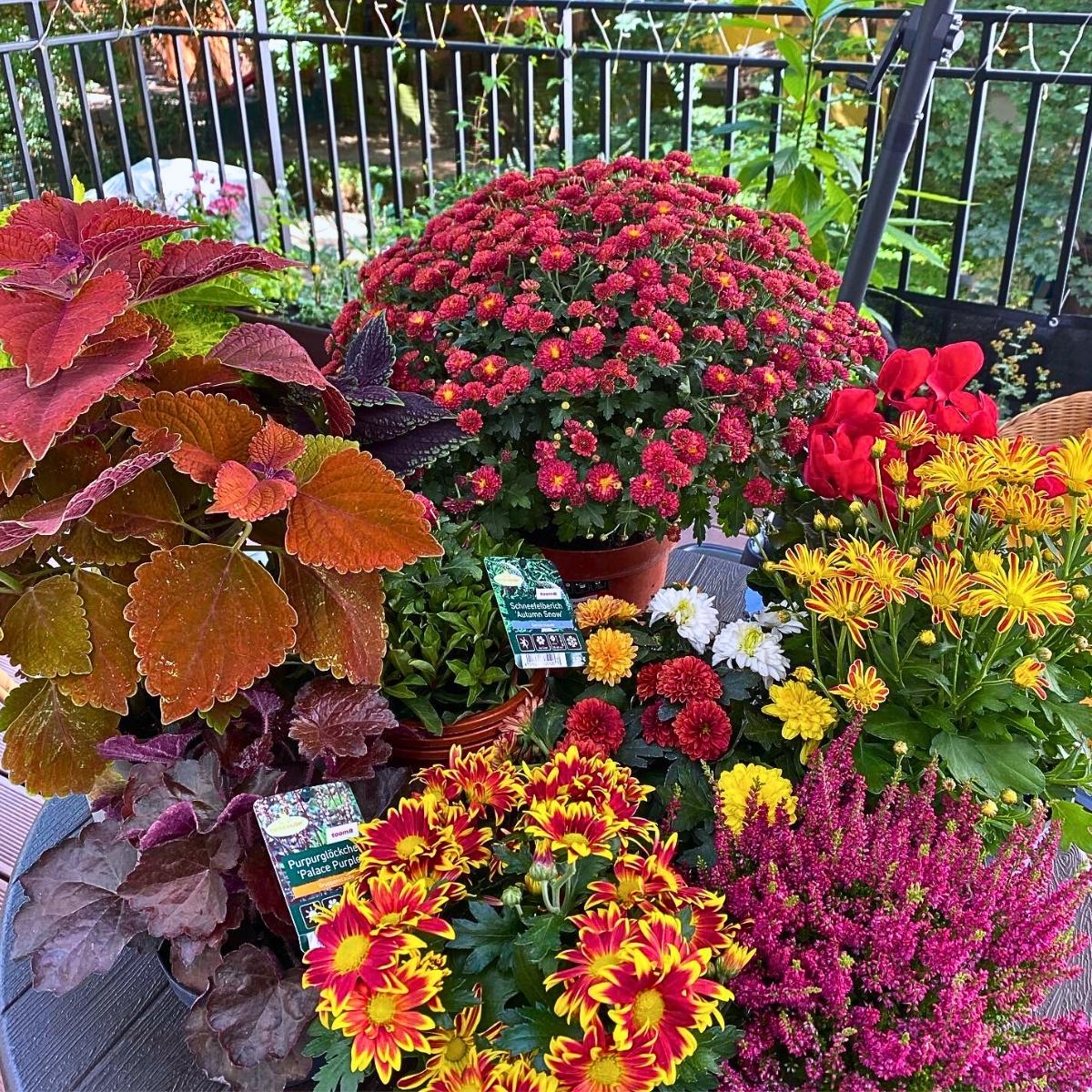
Mulch and compost can help retain moisture, suppress weeds, and regulate soil temperature. You, therefore, can add a layer of organic mulch or compost to your garden and the flower beds to keep them healthy and thriving.
Some plants and flowers may be vulnerable to colder conditions, especially later on as autumn starts to give way to wintry conditions. Then, be sure to protect your plants with a layer of burlap, straw, or other protective covering to keep them safe. Plus, ensure a regular care and maintenance regimen by consistently deadheading spent blooms, pruning the flowers, removing any fallen leaves or debris, and ensuring that your plants and flowers receive the necessary water and nutrients.
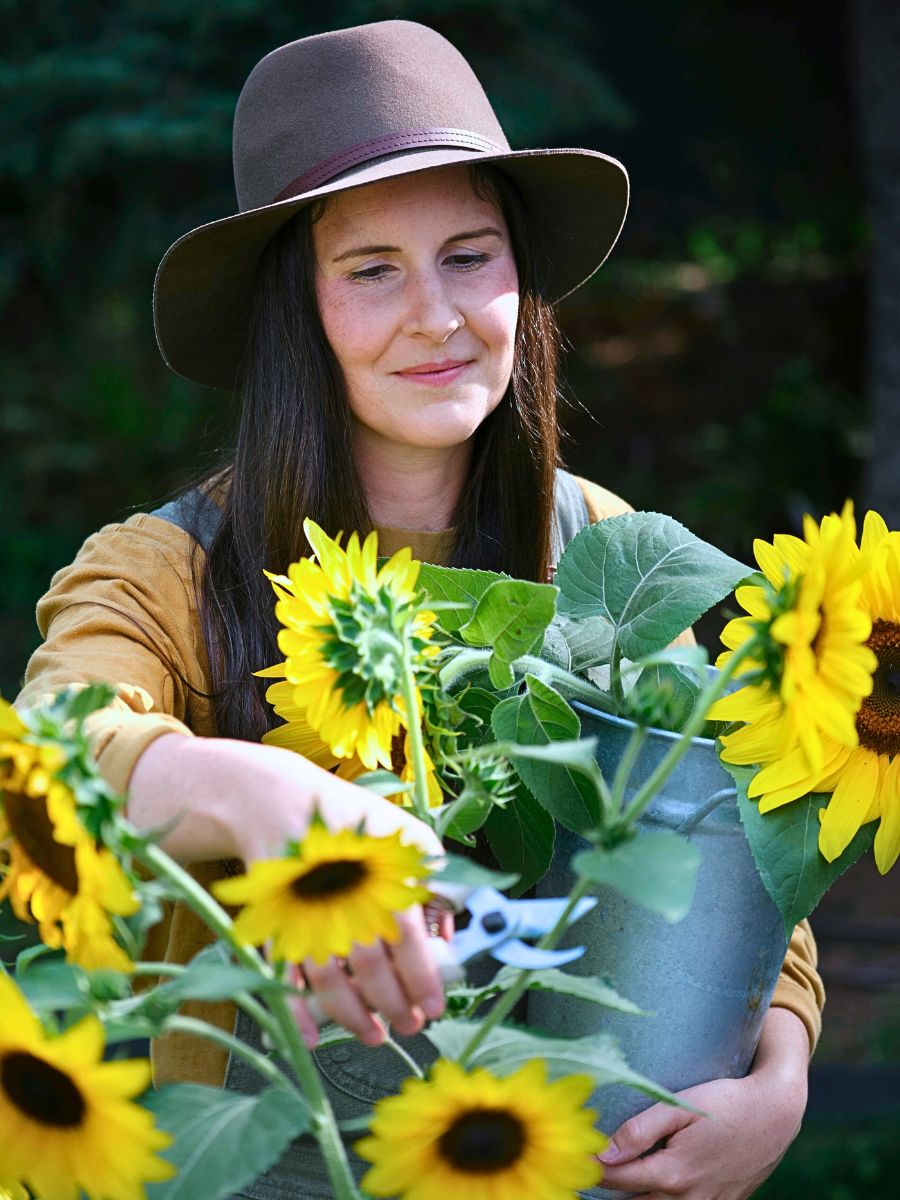
Photo by Jane Thomson
Bid Farewell to Summer and Embrace the Rustic Beauty of Fall
Transitioning your garden from summer to fall is all about embracing the beauty of the seasons’ changes. It takes into account choosing the right flowers, creating a cozy ambiance, and maintaining the garden through late summer to fall to create a seamless transition that leaves the garden looking its best.
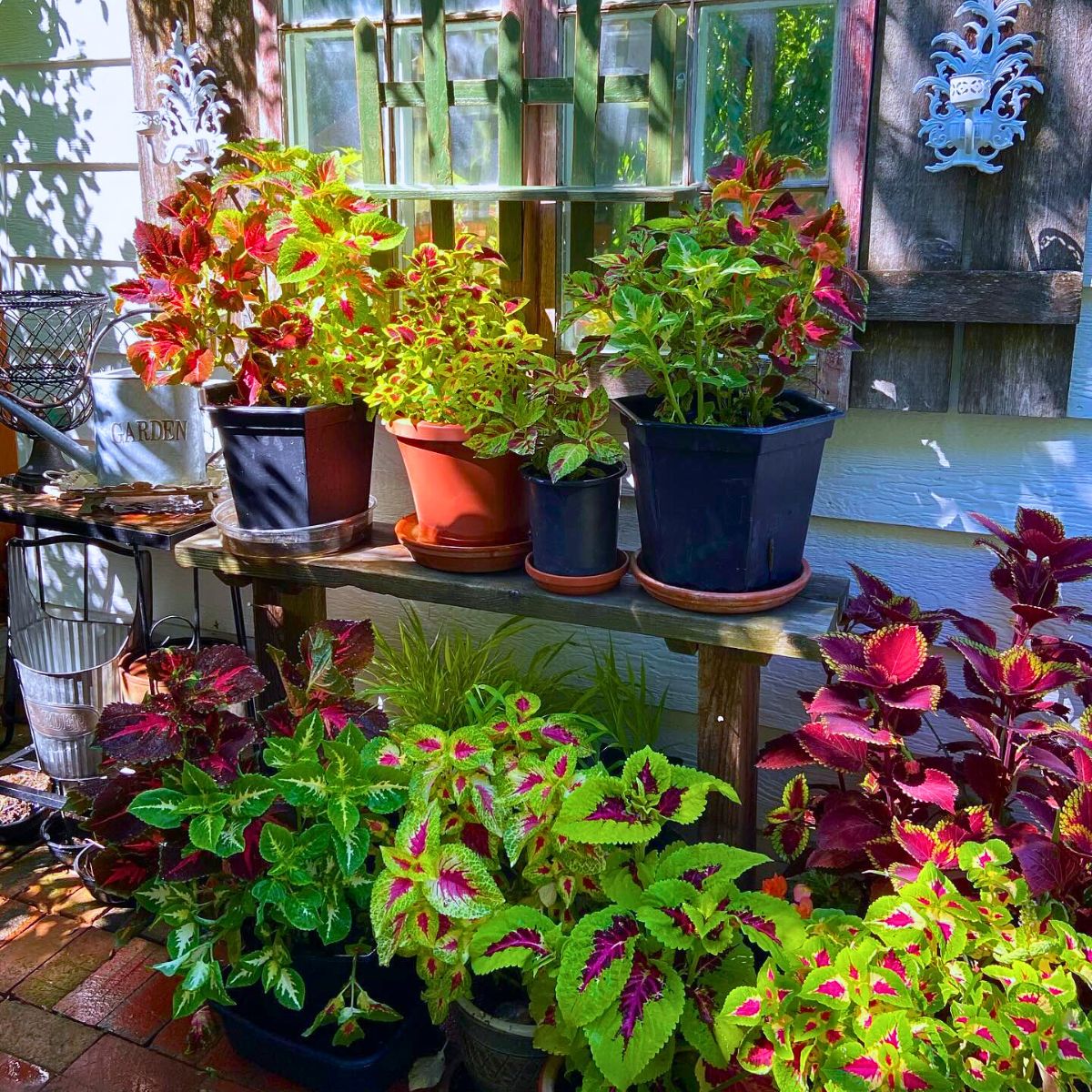
Photo by @oaktreecottage17
Thoughtfully planning for this transition guarantees that you create a delightful and visually enchanting outdoor space that celebrates the changing seasons, and their colors. These simple tips will, definitely, guide you as you cozy up to the fall season, always keeping your yard and garden flowerful.


